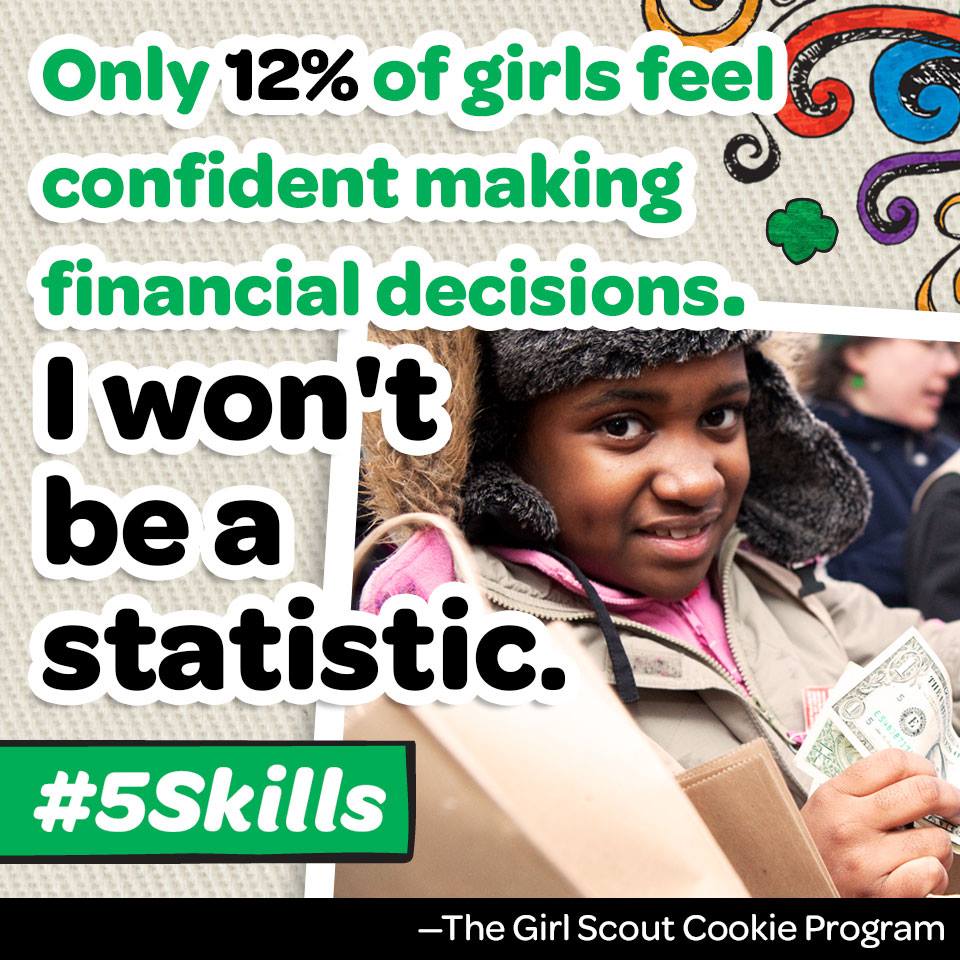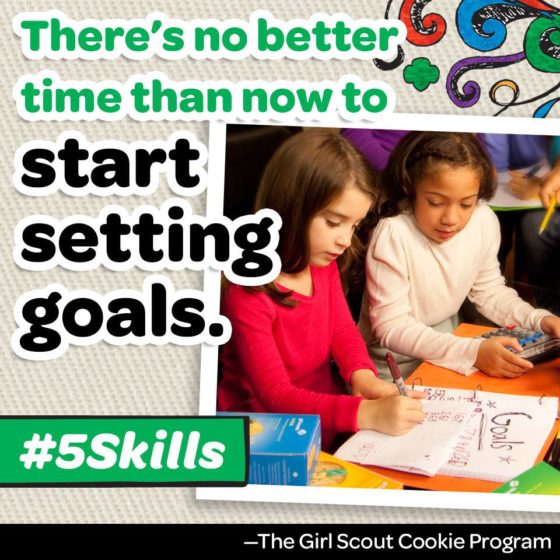Cool girls change the world. And while your cool girl has dreams of making her impact as a groundbreaking artist, a business mogul, a scientist, or even as President of the United States, there’s no reason for her to wait to start affecting positive change.
Naturally, there are many ways your girl can take action in your community, but one of the most concrete ways is by attending and participating in city council meetings. After all, it’s in those meetings that local laws (sometimes called city code or ordinances) are decided, the local budget is set, and public health and safety concerns are addressed.
And while a lot of people talk about what they’d like to see happen in the world, it’s the cool girls who actually take action to make those ideas and dreams come true. So if there’s something in your town that your girl wants to see improvements on—whether it’s the local library getting more up-to-date books, the park getting cleaned up, or any other project—it might sound odd, but her city council meeting is the place to be.
That said, if you’re like a lot of Americans, there’s a good chance you’ve never been to a city council meeting yourself and might not be sure how to prepare your girl to attend. That’s why we’ve put together this handy guide to take the guesswork out of the equation and make her (and your!) experience as smooth, effective, and dare we say fun as possible.
Why Is This Such a Hot Spot
The coolest thing about City Council meetings is that anyone—yes, even teens and younger kids—can review the meeting’s agenda in advance, request a speaker card or add their name and topic to the meeting’s agenda, and then speak at the actual meeting about whatever project or issue they feel strongly about. That means your girl (Or you! Or both of you!) can have the attention of your local government to support what you think is going right or to challenge ideas and plans that you disagree with. And when your daughter has a totally new idea she wants to bring up? This is the place for that, too!
This is a big deal because when city council members help to propose new laws, vote on which ones will go into effect, and plan the budget that determines how the city will spend its money, they’re supposed to represent the people who live locally. And this can be difficult when you consider that while women and girls generally make up half of our population, only about one third of local city council members in our country’s top 100 cities are female. That means male-dominated city councils may not naturally consider issues from a girl’s point of view—and makes it even more important for your daughter to stand up, represent, and let them know how she feels about the issues that affect her.
What’s the Gift with Purchase?
Influencing major policy in your town is obviously the main reason to show up to City Council Meetings, but there are other perks that go along with attendance. The sheer experience of speaking in front of influential people—who are connected to even more influential people at the state and national levels—can give your girl a hefty dose of self-confidence. Think of it this way—if she’s speaking her mind to city council members as a teen or tween, introducing herself to new friends, speaking up in class, or even negotiating job offers will come that much easier to her in the future.
Who knows? After going to City Council meetings at a young age, perhaps your daughter will grow up and want to run for local office, helping to even up the gender gap, and making an even bigger difference in her community.
Where Do We Show Up?
All city councils across the country (in some areas, they’re called Town Council, Board of Supervisors, or the Planning Commission) are required to hold public meetings. The time and location, as well as the proposed agenda are usually posted on your city or town’s website at least a few weeks ahead of time to give everyone plenty of time to plan. While some of these meetings may be held in the afternoon, many are held in the evenings to make it easier for people to attend after work and school hours are over.
Who Runs the City Council Meetings?
City council meetings are run by council members who’ve been elected by local residents. Note that these people can also be called aldermen, selectmen, freeholders, or commissioners, depending on the term used in your area.
What’s a City Council Meeting Like?
There might be an opening prayer at the start of the meeting, then the Pledge of Allegiance will be recited just like in your girl’s school. From there, someone will likely go over the “minutes” of the previous meeting. You know how a lot of TV shows start with a recap of last week’s episode? Same idea.
After that, there may be many agenda items including updates from committees who are dedicated to certain types of issues. The truth is that because the City Council oversees a wide array of issues, their meetings can stretch to be pretty long depending on how long the council members want to discuss them. Know that ahead of time and consider bringing quiet distractions for your girl if she’s too young to focus the entire time. Coloring books or embroidery floss to make friendship bracelets can keep your child occupied and help the time fly by faster without causing much distraction.
As mentioned, City Council meetings can be pretty long, and they’re not usually very action packed—but they are one of the most direct and effective opportunities you and your girl have to make an impact on your town, city, and even state and country.
 Cookies
Cookies




 Sacagawea
Sacagawea Maria Tallchief
Maria Tallchief



